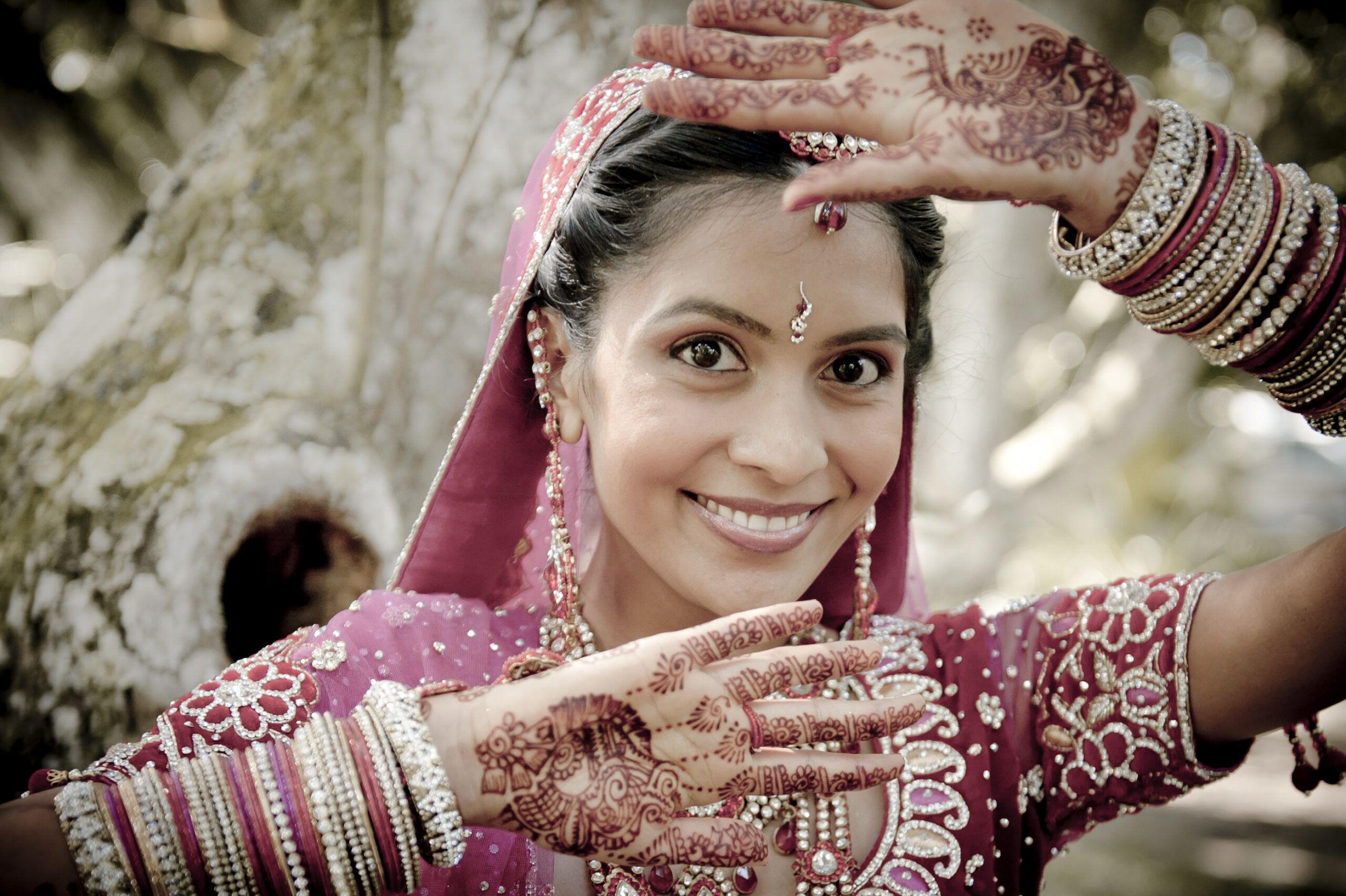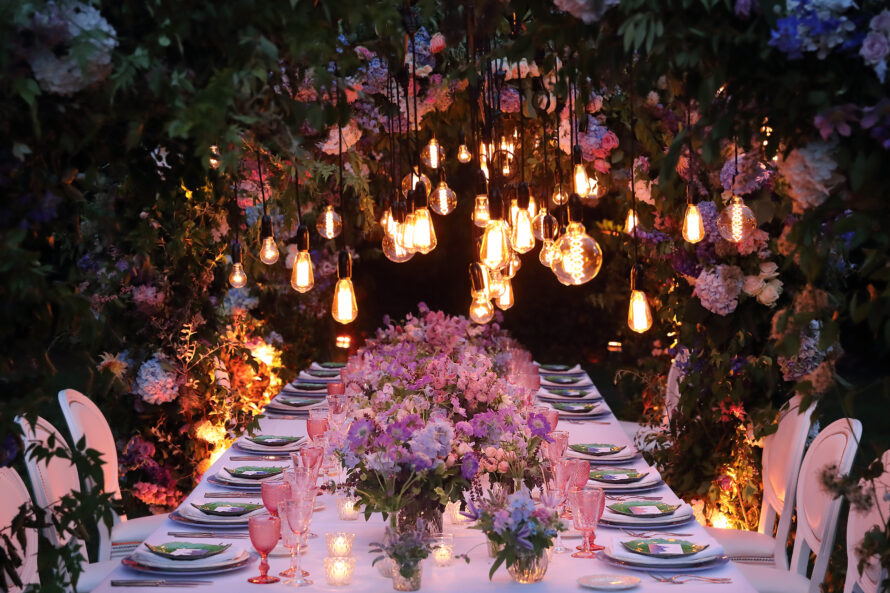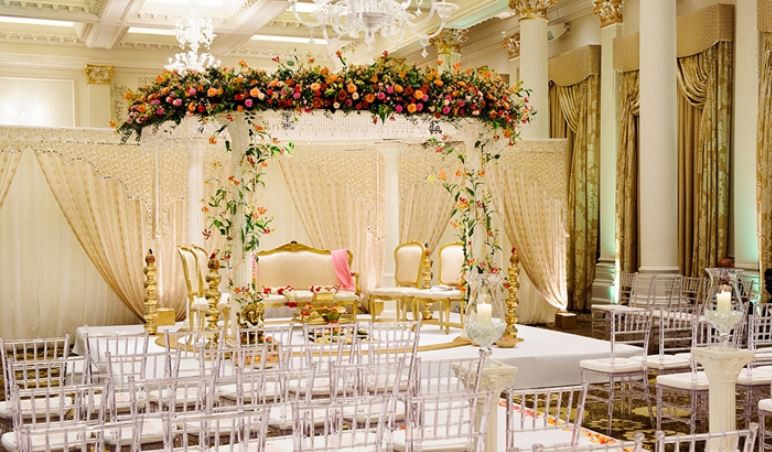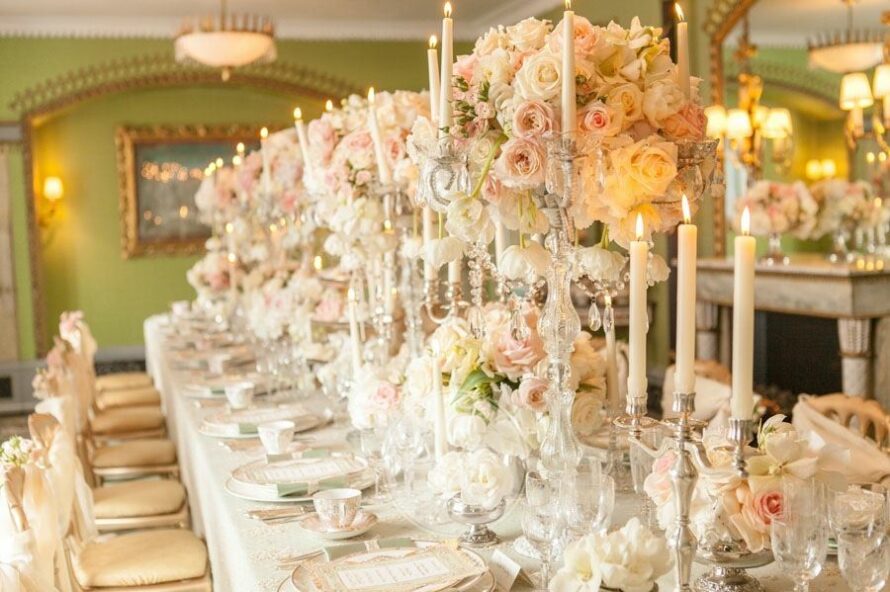Every country and culture has its own wedding customs, and in finding out more about them you may decide you’d like to borrow some for your own wedding. Here is a selection of world wedding customs from Asia, Latin America, Southern Europe, and Scandinavia.
World wedding customs – Latin America
In many Latin American countries, the role of the bridesmaids and the best man are given to the couple’s parents or godparents. Couples in Mexico are physically tied together with a rosary or white rope during their wedding ceremonies to demonstrate their attachment to one another. A similar ritual is performed in Guatemala using a silver rope.
In Argentina and Chile it is customary for couple to exchange wedding rings at the beginning of the engagement rather than during the wedding ceremony. The rings are worn on the right hand during the engagement and placed on the left hand after the marriage ceremony.
World wedding customs – Asia
During A Japanese wedding ceremony, sake is drunk both by the newlyweds and their guests, to symbolize the union of the bride and groom and their families. Japanese brides are painted entirely in white for their wedding ceremonies to symbolise purity, and wear a white kimono and headpiece. The bride will then change into a red kimono for the reception.
In China, a wedding is made up of various different parts. The couple will first attend a tea ceremony at the groom’s house, to which the bride usually wears a western style wedding dress. The next part of the ceremony is a visit to her parents’ house, and she must change to symbolize the passing of three days. This visit is often followed by an evening banquet and is the occasion when some brides will wear the traditional red silk embroidered gown.
World wedding customs – Southern Europe
In certain places in Italy, the procession of the bridal party to the church is a very important part of the ceremony. The bride may walk to church, encountering various obstacles on the way. Each of these obstacles symbolises qualities that her groom will expect in his wife such as being maternal, generous and domesticated. The obstacles may include a crying child she must comfort, a beggar that she must give money to, and a broom that she must step over.
In many areas of Spain brides wear orange blossom to symbolise fertility, and grooms are accompanied down the aisle by their mothers. Spanish weddings are still predominantly religious events, and they do not generally take place until the evening. A purse filled with thirteen gold coins is presented to the bride by the groom during the wedding ceremony as a form of dowry, and also as a reference to Jesus and his twelve disciples.
World wedding customs – Scandinavia
In Finland, instead of throwing her bouquet to see which girl will catch it and be the next to get married, the bride is blindfolded and she places a gold crown on the head of one of her single friends as they dance around her.
Many of the customs carried out at Scandinavian weddings relate to fertility. A good example of this is in Norway, where two small fir trees are planted either side of the newlyweds’ front door. This symbolises the fact that a marriage is meant to create not only a couple, but a family. In Sweden and Denmark it is traditional for all the girls to get up and kiss the groom every time the bride leaves the room and vice versa.




